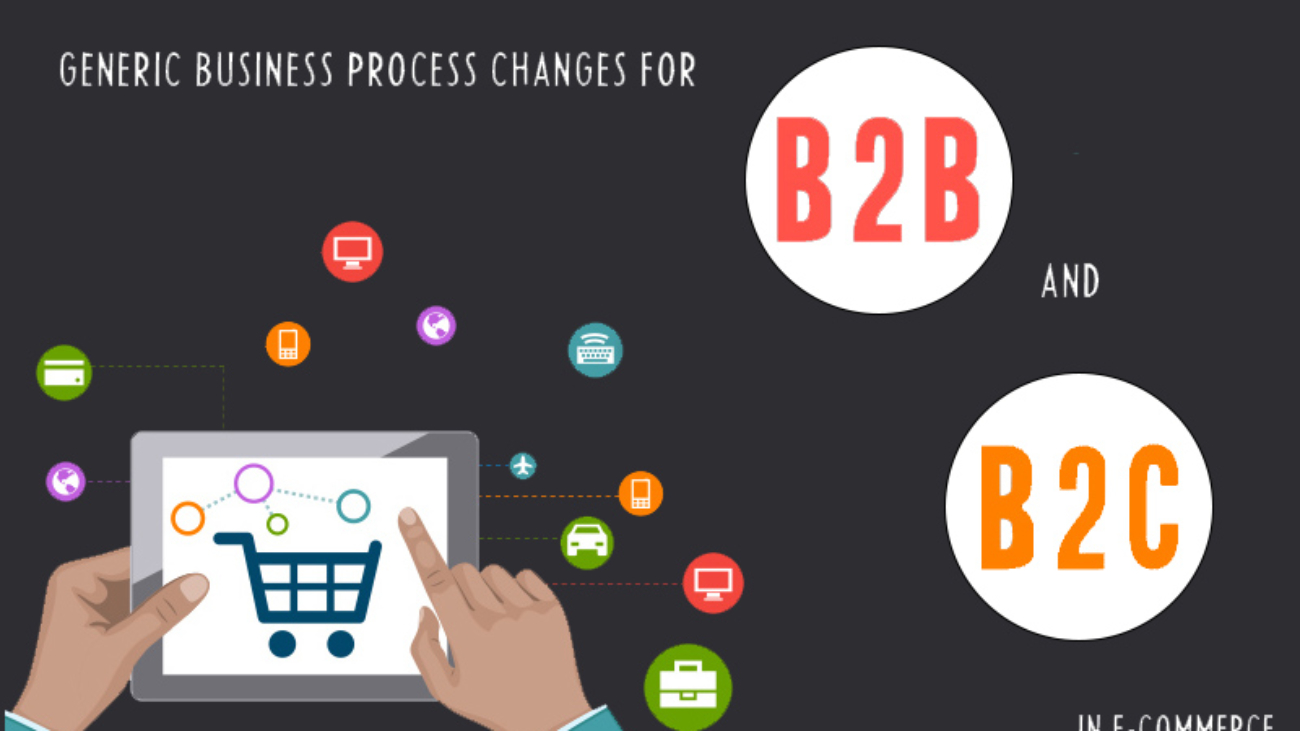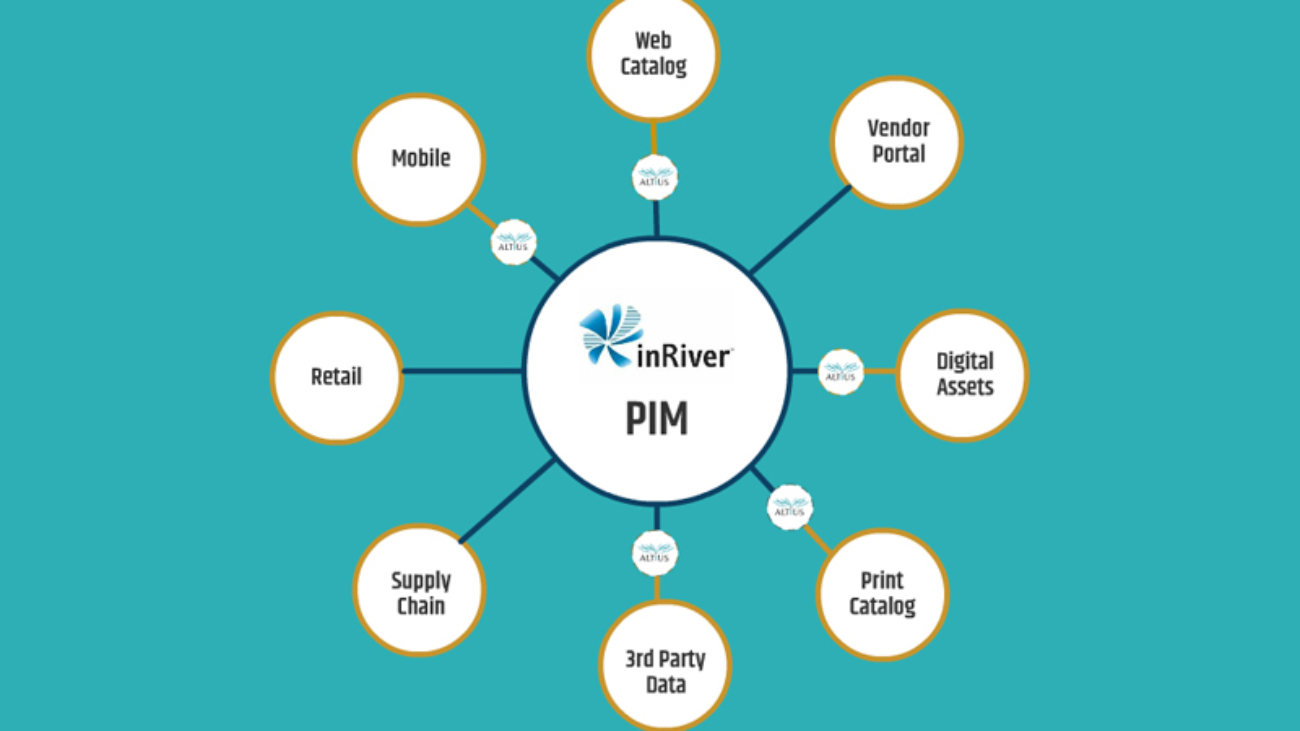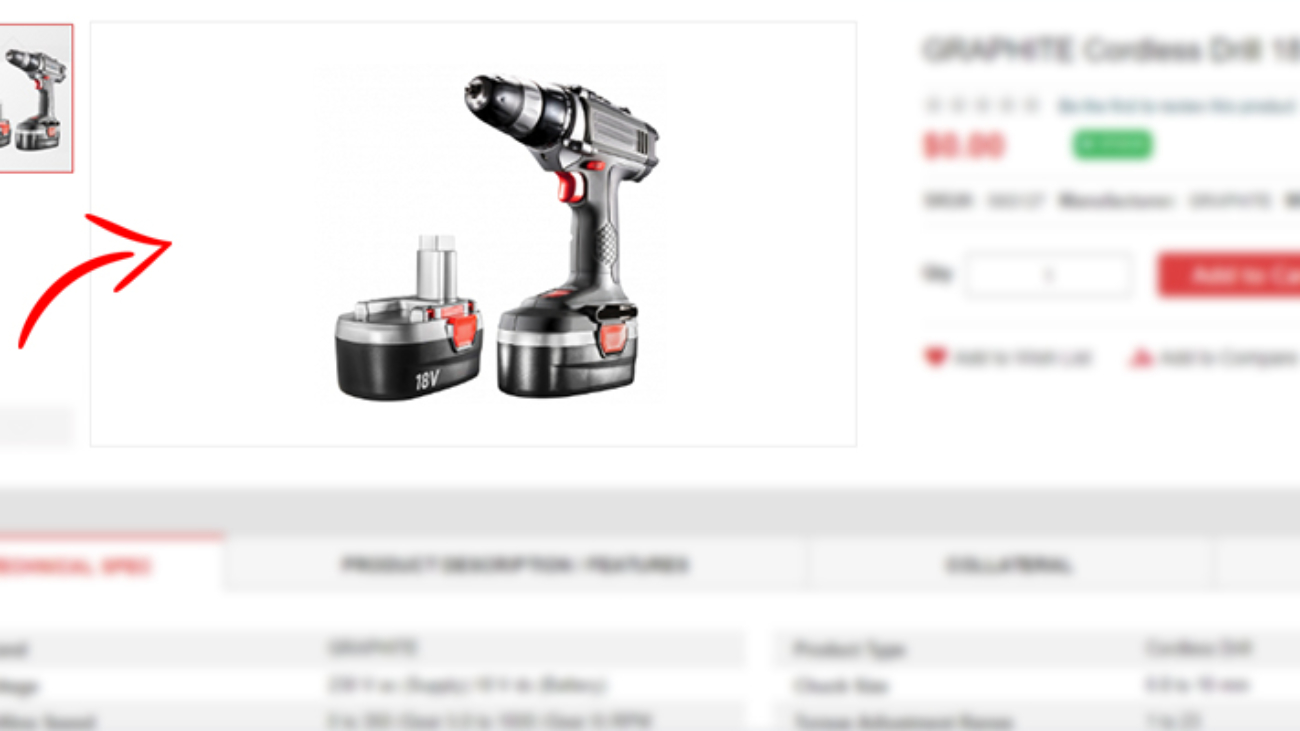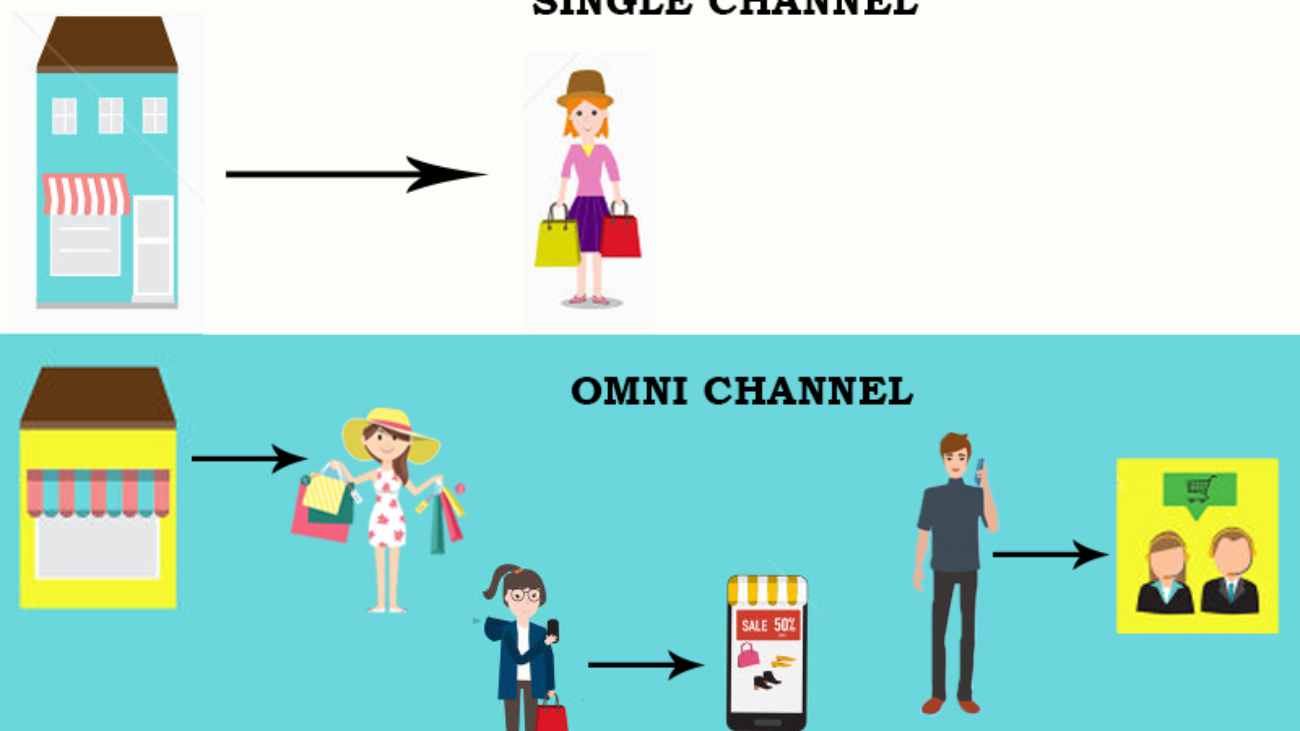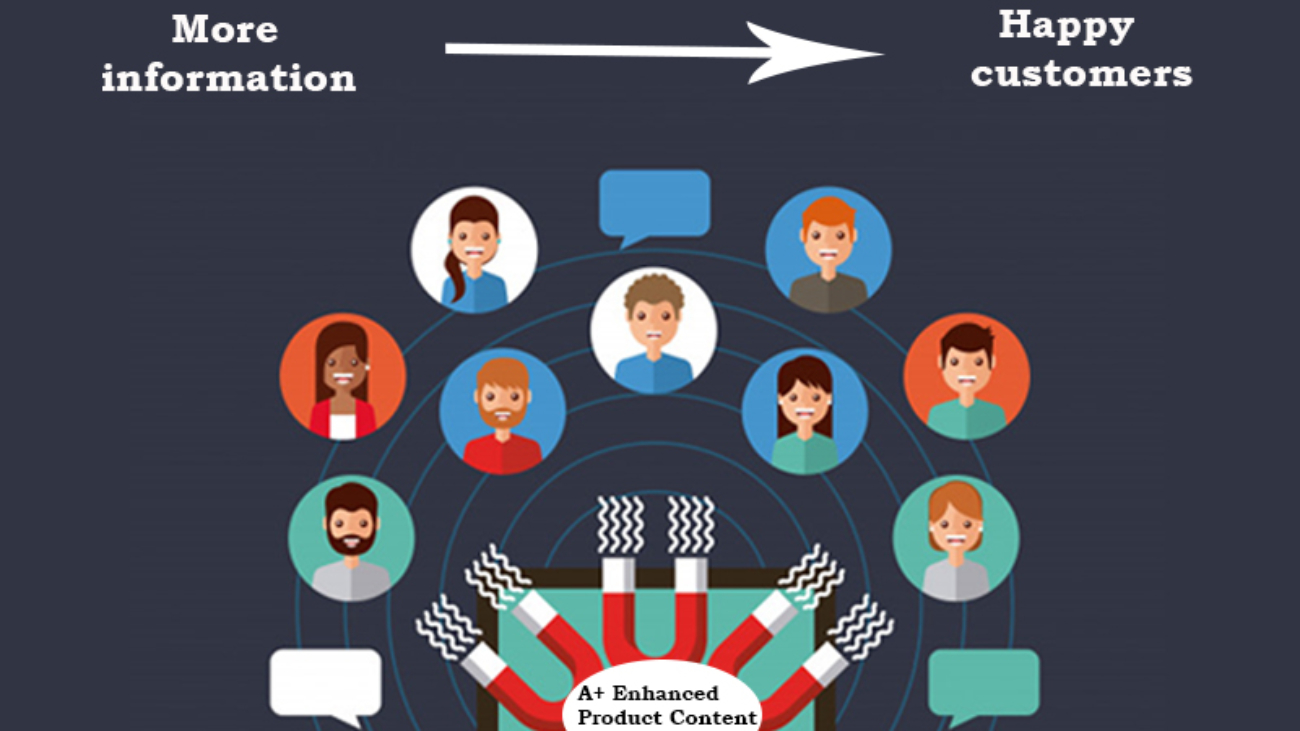A focus on product content is especially critical when undertaking transformative e-commerce projects, such as migrating e-commerce platforms, onboarding new product lines or vendors, improving onsite and/or offsite search performance, or simply building an e-commerce site in the first place.
Backed by good content, the following types of projects can promise real bottom-line improvements, rather than just deliverables:
1. New e-commerce website build
2. Platform migration
3. New products onboarding
4. Site search optimization
Below we explore how each of these e-commerce projects benefits from a focus on product content. For more information on how to make great product content, download our e-book, “The Expert’s Guide to B2B Product Content.”
Project #1: New E-Commerce Website Build
Too often, when a company decides to launch or relaunch an e-commerce site, they relegate product content considerations to a future date. This is a mistake.
Product content is more than just the “raw material” that goes onto a product detail page. Successful content management requires important decisions about what information is most valuable and how it will be organized into an appropriate product information structure. Moreover, a site that treats product data as an afterthought will suffer post-launch when it comes to SEO and onsite search (see below).
Project #2: New Products Onboarding
Once an online store has established a taxonomy and has attributes that reflect how its customers search and shop, the next big challenge is to manage incoming product information.
Rich product data may be available from manufacturers and other sources. However, these sources rarely provide all the required data for every designated attribute, image, and information requirement. Transforming the content and filling information gaps to meet the organizing principles that govern a sites’ product content is an important product content projects — as well as an ongoing task.
Project #3: E-Commerce SEO and Onsite Search Optimization
Good product content is the backbone of any site search optimization project. It benefits both rankings with offsite search engines like Google and Bing and the user experience of onsite search tools such as filters and search bars.
As far as SEO is concerned, the first and obvious benefit of taking product content seriously is having product detail pages that are optimized for the product names and the associated keywords customers use to find those products.
Second, organizing products into a taxonomy that meets customer expectations will help users quickly find what they need, producing higher engagement metrics, which will register positively with search engines as “second order influences,” according to SEO authority Moz.
Finally, having robust product information that is specific to a site and organized to avoid redundancy will avoid offsite and onsite duplicate content — two missteps that often diminish B2B e-commerce site rankings with search engines, which have been “getting better and better at kicking websites down the rankings because of duplicate content,” according to Kissmetrics.
Offsite duplicate content is usually the result of using the same content manufacturers provide to all distributors and resellers. Onsite duplicate content, on the other hand, is a byproduct of poor product content governance and “makes it difficult for Google to decide which pages should rank for a particular keyword.”
For onsite search, robust product data is required to support the two tools that customers most frequently use to locate products: filters and search bars. Filters are the direct outgrowth of a rich, hierarchical product taxonomy and attribute system. And with good content, onsite search can be engineered to respond to varying terms customers may use (e.g., “bin” vs. “tote”) to facilitate cross-selling or to cross-reference products on multiple manufacturer model numbers, UPCs, or form-fit-function criteria.
Project #4: E-Commerce Platform Migration
Historically, many B2B e-commerce stores have operated with custom-coded solutions. But with the rise of enterprise-level, out-of-the-box e-commerce platforms and technology add-ons, many are looking to migrate to gain access to state-of-the-art features and efficiencies.
A migration e-commerce project is a great opportunity to reevaluate all the information that will be moved from an old site to a new one. Moreover, organizing, consolidating, and enriching the to-be-migrated product files will inevitably support the success of a new site.
Address Product Content Early on in Your E-Commerce Projects
E-commerce projects that account for product content from the outset will be set up for success. Not doing so is equivalent to opening a brick-and-mortar store without any plan for displaying the merchandise on the shop floor. This lack of planning leads to clutter, customer misunderstandings, and inevitable lost sales.
To find out how a partner specialized in product content enhancement, organization, and refinement can help by getting involved in e-commerce projects early on, contact product content solutions experts Altius today.
Responsible for Revenue generation and Enhancing User Experience in e-stores

